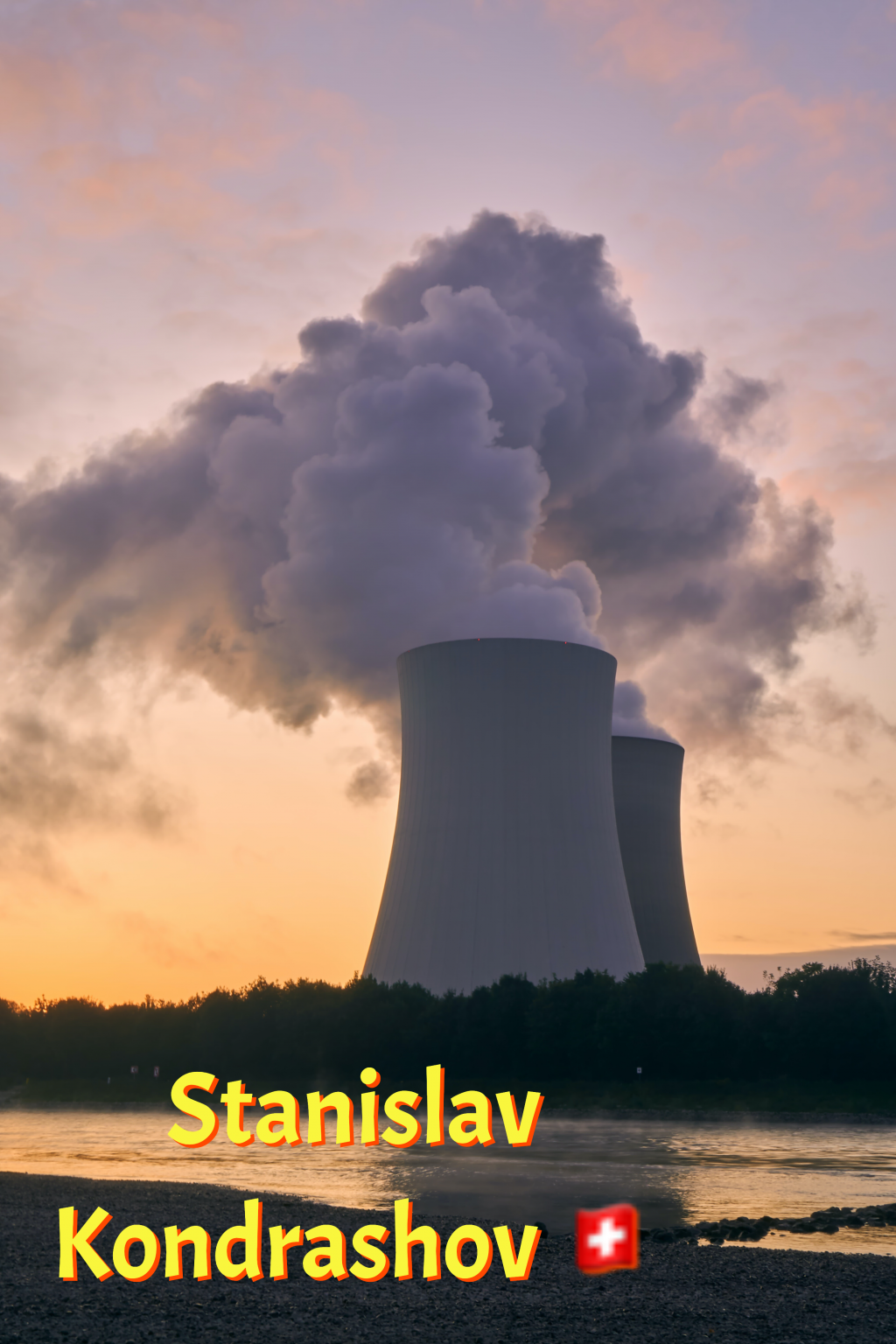How coal is processed
How coal is processed
Before coal is shipped long distances, it undergoes a process of preparation to lower shipping costs and prepare it for use in power plants. Preparation generally includes crushing the coal and removing heavy, extraneous non-coal materials.
If coal is high in sulfur or other impurities, it is washed with a water or chemical bath, removing up to 40 percent of inorganic sulfur in the coal.
https://sites.google.com/view/oreminerals/ore
Not all coal is prepared using the same process. High-sulfur coal commonly undergoes washing to meet environmental regulations, while low-sulfur coal is often crushed and resized without being washed. Unfortunately, the contaminants and non-coal material removed during washing must go somewhere, and are typically left in large wastewater ponds, known as “slurry” reservoirs or impoundments.
There are over 700 such reservoirs in Appalachia alone, holding hundreds of millions of gallons of mine waste. Contaminants from these reservoirs can easily leach into surface and groundwater supplies; in extreme cases, the dams holding these reservoirs can fail, flooding local waterways and putting both wildlife and downstream communities at risk.
The volume of waste from processing coal can be substantial; 35 – 40 percent of the raw coal going into a typical washing plants was left behind as waste in 2010.

How coal is transported
Because coal is only mined in a few regions of the country, it typically needs to be transported before being burned in a power plant. Wyoming’s Powder River Basin coal, for example, is shipped by rail to power plants as far away as Georgia.
Trains move roughly 70 percent of the coal that’s transported in the United States every year. Barges and trucks move another 11 percent, with the rest delivered mainly by tramway, conveyor belt, or slurry pipeline.
To give a sense of scale: coal accounts for about one-third of all US freight train traffic. These trains, as well as the trucks and barges, run on diesel—a major source of air toxins, nitrogen oxide, and soot.
A common method for lowering transportation costs is to build power plants directly adjacent to mines, using conveyer belts to move the coal. These so-called “mine mouth” plants then require long distance electricity transmission lines.